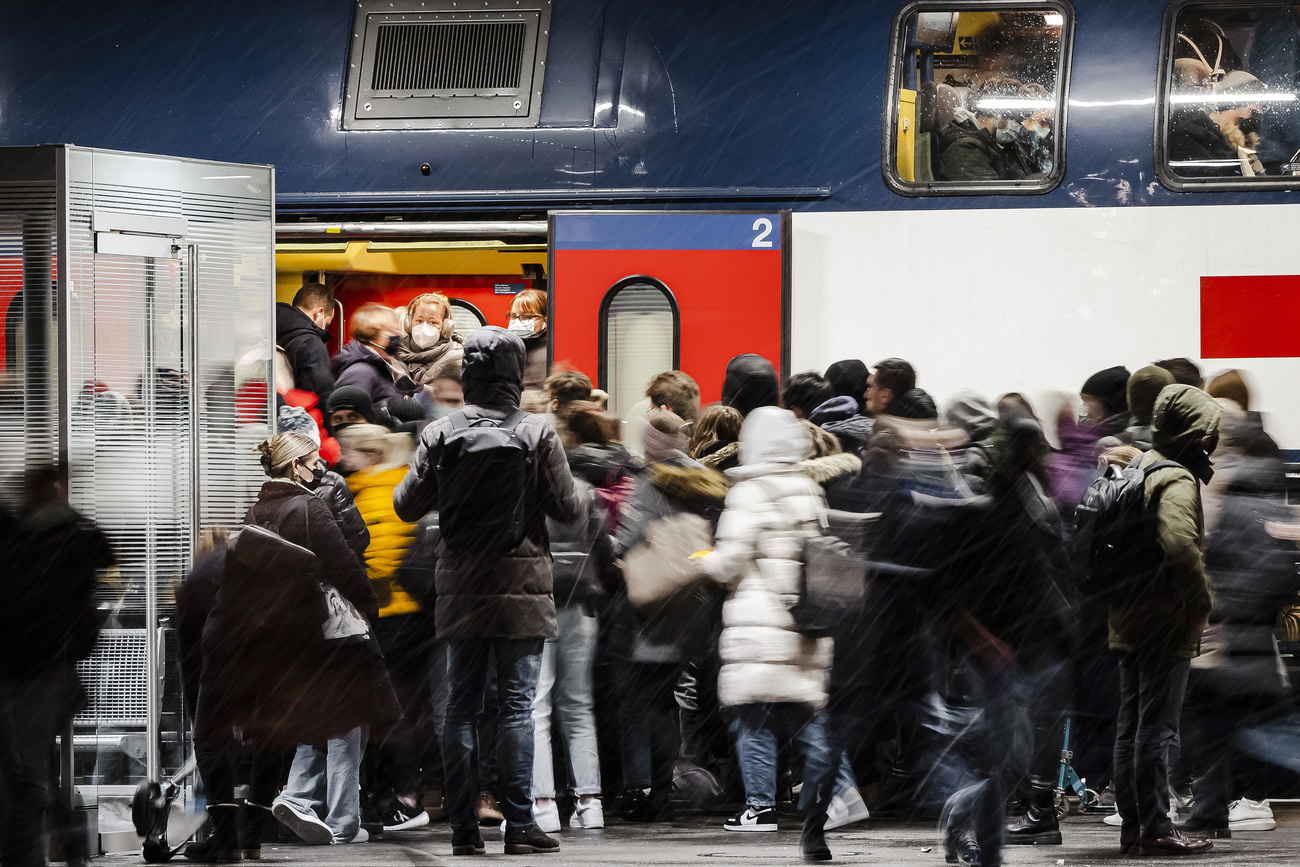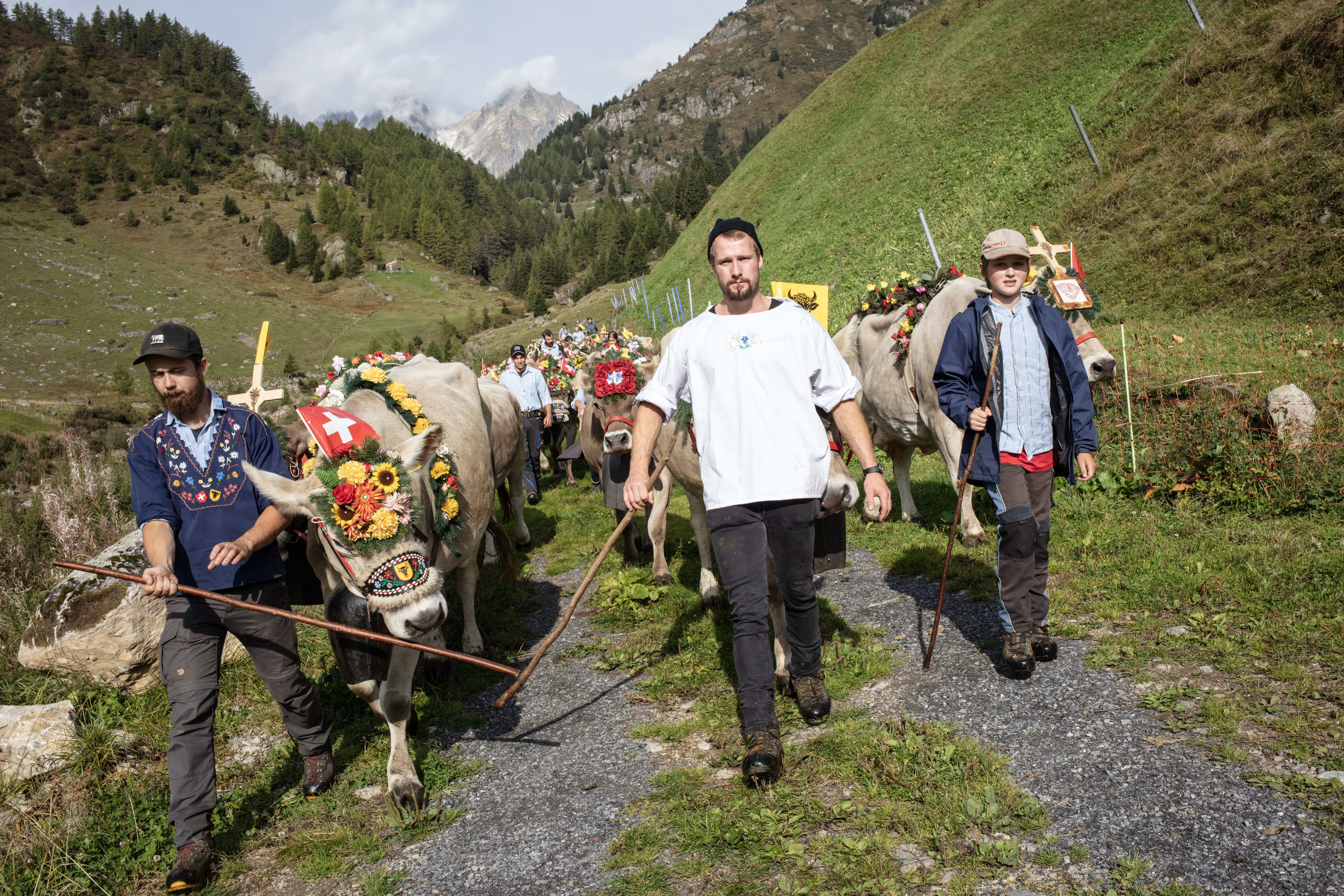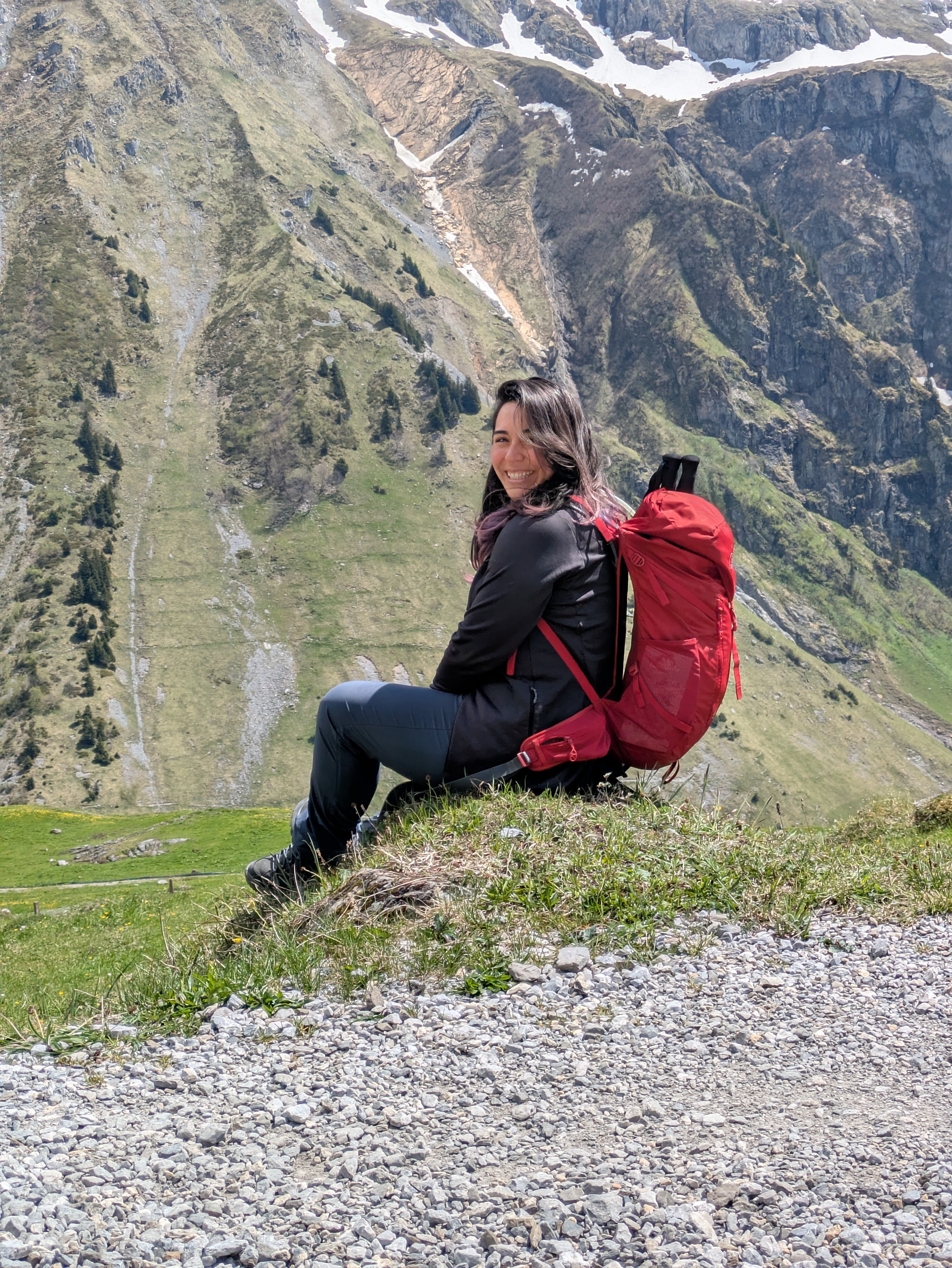
‘If we plan smartly, there’s room for 10 million people’ in Switzerland

At the end of June this year Switzerland’s resident population passed the nine-million mark for the first time. Economist Martina Kühne discusses how the country’s population might develop in the future.
SRF News: Why do cities remain attractive despite the trend during the Covid-19 pandemic, when many people moved from the city to the countryside?
Martina Kühne: Around three-quarters of the Swiss population live in urban areas. Although a few people moved to the countryside during the pandemic, the largest population growth took place in cities or urban centres. This is primarily due to foreign skilled workers moving to the cities.
Martina KühneExternal link has been researching social and economic change as a trend expert and futurologist. She is the author of numerous studies as well as a public speaker and lecturer.
SRF News: So is the trend of people moving to the countryside over?
M.K.: Cities have never actually lost their appeal. Although they are growing and getting bigger, Swiss cities remain comparatively manageable. Switzerland’s cities are thought to be relatively green.
SRF News: For years, there have been calls for cities to become greener, with more trees and green spaces. Is there even enough space for this?
M.K.: There are indeed conflicts of use between living space, green spaces, and transport routes in rapidly growing cities. It is therefore a question of negotiating how the space should be used. But there are also clever solutions for building densely and having more green spaces at the same time. And indeed, Swiss cities are generally considered to be comparatively green.

SRF News: What about the health consequences of living in the city such as traffic, exhaust fumes and poor air quality?
M.K.: In Switzerland, city and countryside are very closely intertwined. You can quickly get from the city centre to the countryside and vice-versa. One of the most interesting areas is the suburb. It has urban qualities, more affordable living space, and you can quickly reach the countryside and the city centre.
SRF News: What will the city of the future look like in Switzerland?
M.K.: Switzerland will probably become more urbanised, with many attractive small towns. These will have good schools and restaurants or a wide range of leisure activities, but will also offer quick access to forests, lakes or other green spaces.
Urbanisation is therefore likely to continue, not only in city centres, but also in suburbs. This is likely to become increasingly attractive for living. And if we plan smartly, we will one day have room for 10 million inhabitants well.
Adapted from German by DeepL/sb

More
Newsletters

In compliance with the JTI standards
More: SWI swissinfo.ch certified by the Journalism Trust Initiative






























You can find an overview of ongoing debates with our journalists here . Please join us!
If you want to start a conversation about a topic raised in this article or want to report factual errors, email us at english@swissinfo.ch.